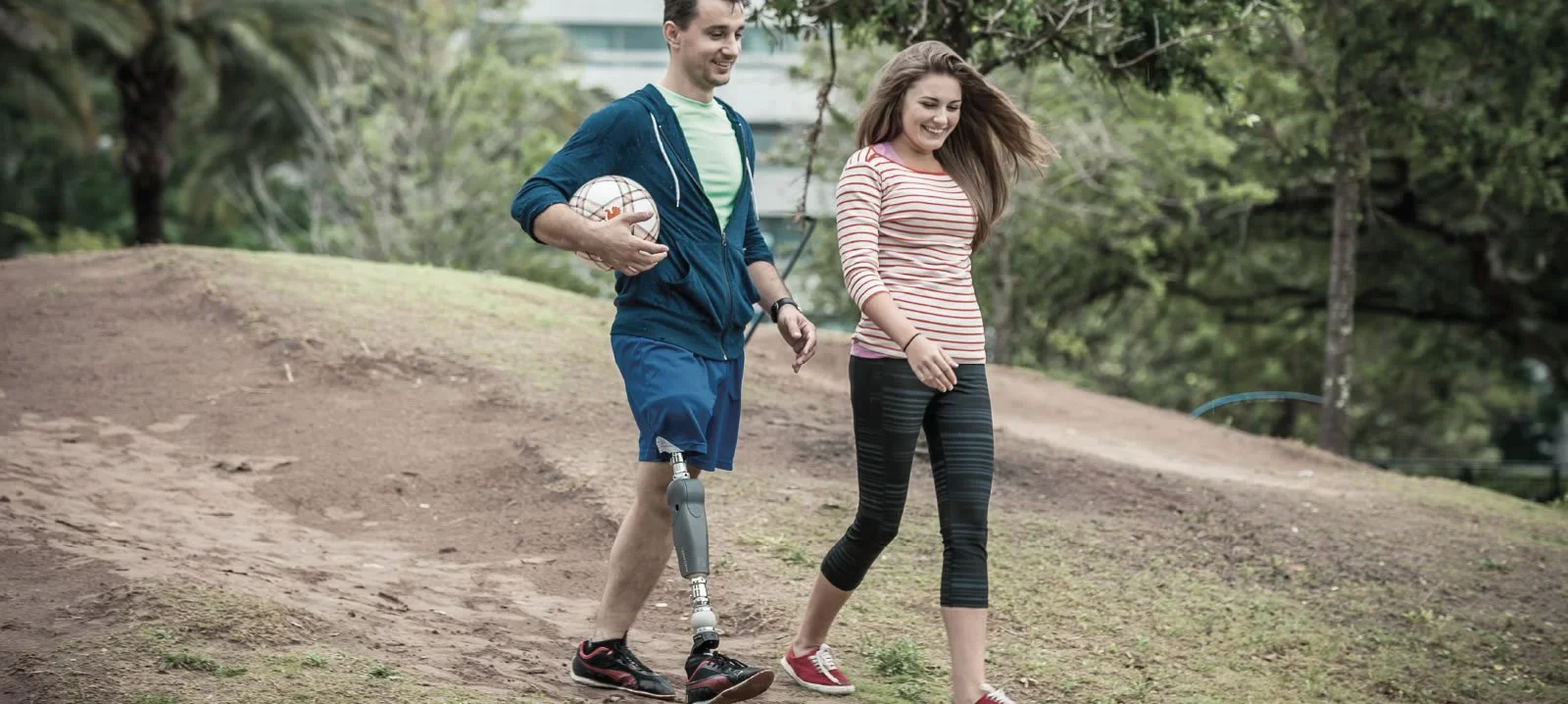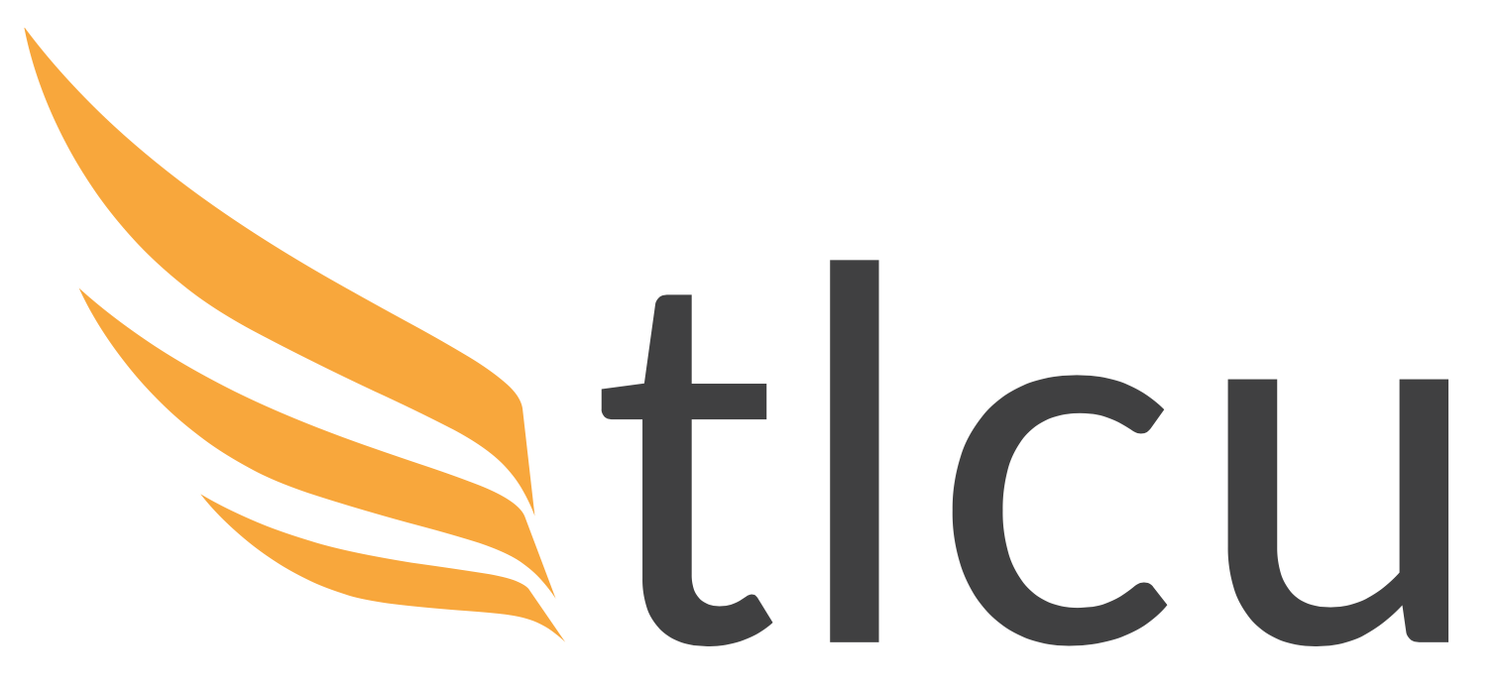
GLOSSARY
Glossary
We’ve created this reference for you, because sometimes we just have to use the big words, or we use words that you simply don’t understand. So if you ever find yourself wondering ‘what does that mean?’, you’ll find the answers here…
-
To move a limb away from the mid-line of the body
-
To move a limb towards the midline close of the body
-
The positioning of the prosthetic components, and socket for optimal function
-
The loss or absence of all or part of a limb
-
Loss of feeling or sensation in all or part of the body
-
Describing or relating to the front (ventral) portion of the limbs
-
The wasting away of tissues; the decrease in the size of a normally developed extremity or organ
-
A network of nerves, arising from the spine at the base of the neck that give rise to the nerves
supplying the arm, forearm, hand and parts of the shoulder girdle
-
A small fibrous tissue sac filled with fluid formed as a result of prolonged pressure or friction
-
A trial socket, often transparent, made to evaluate comfort and fit prior to final (definitive) prosthesis design
-
A public or private client receiving treatment at TLCU
-
A fracture in which the bone is broken into more than two pieces. A crushing force is usually responsible and there is often extensive injury to surrounding soft tissues
-
Condition present at birth, when all or part of a limb fails to develop normally
-
Tightness in muscles, tendons, or ligaments restricting the movement of a joint
-
Tightness in muscles, tendons, or ligaments restricting the movement of a joint
-
A plastic foam or rubber material, laminate or stocking that gives a prosthetic device a more
natural appearance
-
A prosthesis that provides cosmetic replacement of a missing limb only, with little or no functional use
-
A crackling sound or grating feeling produced by bone grating on bone or cartilage indicative of osteoarthritis
-
A prosthesis which the prosthetist has nished adjusting to suit you. It has a cosmetic cover over the components
-
Situated away from the origin or median line of the body
-
Relating to or situated at or close to the back of the body or to the posterior part of an organ
-
A type of foot that has energy storing properties
-
Prosthetic feet with plastic springs or carbon bres designed to help move the prosthesis forward
-
The movement of a joint so that the bones comprising of the joint move away from each other, e.g. In knee extension, the tibia and femur move away from each other, increasing the angle at the back of the knee
-
An external body part [the entire arm or leg] that projects from the body
-
The area of the distal femur where the bones expand to form part of the knee joint. used to suspend a supracondylar trans tibial socket
-
A long bone between the hip and the knee (thigh bone)
-
The bending of a joint so that the bones comprising of the joint move toward each other
-
Inflammation of hair follicles in the skin
-
A prosthesis that provides a functional replacement for a missing limb. This may also provide cosmetic restoration
-
The style or pattern of walking
-
A prosthetic socket made of rigid materials
-
The bone of the upper arm
-
A knee unit, which offers hydraulic control of knee action
-
Icelandic Roll On Silicone Socket. This is an off-the-shelf silicone socket. They come in a range of different sizes that provide adequate tting for most clients. They are made of a softer type of silicone than a bespoke one and are subsequently less hard wearing.
-
The first prosthesis you receive. Often the pylon is left uncovered to allow the prosthetist to adjust the alignment
-
Relating to the region or part of the body most distant to the midline of the body
-
A zone of tissue with impaired function as a result of damage by disease or wounding
-
The insert between the prosthesis and the residual limb
-
A lock that can be used to x a prosthetic knee joint in full extension when the client requires it
-
Relating to the region or part of the body closest to the midline of the body
-
An ankle joint that provides movement to mimic that occurring in the anatomical ankle joint during the gait cycle
-
The plastic surgery of muscle, in which part of a muscle is partly detached and used to repair tissue defects or deformities in the vicinity of the muscle
-
A battery powered hand that operates in response to signals picked up from sensors within the prosthetic socket from contracting muscles
-
Swelling; excessive accumulation of fluid in the body tissue
-
Pertaining to or corresponding to the palm of the hand
-
The lens shaped bone that forms the kneecap. It is situated in front of the knee in the tendon
-
The band which goes around the waist to hold a trans-femoral prosthesis straight. It also keeps the prosthesis from slipping off
-
Item descriptionAny painful sensation in the absent limb e.g. an ache in an ankle that no longer exists
-
The feeling that the amputated limb is still there and any feeling other than pain that is felt in the amputated limb e.g. an itchy big toe which is no longer there
-
The flat triangular area at the back of the knee
-
Situated at or near the back of the body
-
Any artifcial limb device that is attached to the body as an aid
-
Patellar Tendon Bearing socket. This is a socket for a transtibial client that utilises the patellar tendon as the main weight bearing area
-
Peripheral vascular disease; any disease of the blood vessels outside of the heart, especially in the extremities. A common cause of amputation
-
The pole of carbon bre or aluminium that connect components of a prosthesis
-
The part of the limb remaining after amputation
-
An elastic wrap or compression sock worn on a residual limb to reduce swelling and shape the limb
-
Wool or cotton sock worn over the residual limb to provide a cushion between the skin and socket interface
-
A prosthetic foot which has a soft heel to absorb the shock of placing the foot down and toes that bend
-
An elastic residual limb sock used to reduce oedema
-
Free swinging knee unit with a friction adjustment option
-
A means of suspending a prosthesis utilising a cylinder formed from an elasticated material that grips around the socket and is pulled over the knee
-
The part of the prosthesis which the residual limb sits into
-
Inner socket liner of soft foam, rubber, leather, or silicone material, which cushions the residual limb
-
Friction device with an adjustable brake mechanism to add stability
-
An elastic knitted fabric used especially in making bandages, socks, etc.
-
An abnormal sac or closed tract lined with epithelium and llned with liquid or semi-solid matter that lies beneath the epidermis
-
Provides suspension by means of negative pressure vacuum in a socket; achieved by forcing
-
The proximal trimline on a transtibial socket are extended up around the knee to provide suspension around the femoral condyles and increase mediolateral stability about the knee
-
Refers to how the orthosis/prosthesis is held on; may include suction, a strap or belt, a wedge, a neoprene gel sleeve or other methods
-
Total Elastic Suspension. A means of suspending a transfemoral prosthesis, comprising of an elasticated waist belt
-
The device that inserts into the wrist housing of a upper limb prosthesis. This may be a hand which can be functional or cosmetic or a functional device such as a split hook
-
The shin bone. The inner and larger bone of the lower leg
-
An above knee amputation dividing the thigh bone
-
A level of amputation above the elbow and below the shoulder joint
-
An amputation of bones of the foot e.g. toes
-
An amputation of bones of the hand e.g. fingers
-
A level of amputation dividing the forearm (radius)
-
Below knee amputation dividing the shin bone (tibia)
-
Situated at right angles to the long axis of the body
-
Opening of a terminal device is effected by a voluntary movement by the client. Relaxation of this movement allows the device to automatically adopt the closed position
-
The transfer of weight from one foot or side to the other

